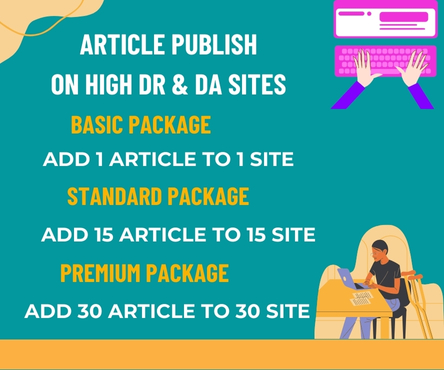In the evolving world of Web3, where decentralization, blockchain technology, and user ownership redefine digital interactions, traditional analytics no longer provide the full picture. Web3 user analytics has emerged as a vital tool, offering unique insights into user behavior, on-chain activity, and community engagement. Understanding why Web3 user analytics is essential can help developers, marketers, and founders drive smarter decisions and sustainable growth in the decentralized space.
Understanding Web3 User Analytics
Web3 user analytics refers to the process of collecting, analyzing, and interpreting data from decentralized applications (dApps), wallets, smart contracts, and blockchain networks. Unlike Web2 analytics that rely on centralized data collection and cookies, Web3 analytics operates on public, transparent, and permissionless blockchain data.
This includes tracking wallet addresses, transaction histories, NFT ownership, DeFi interactions, governance voting patterns, and more. These metrics help organizations understand user intent and loyalty without breaching privacy, since blockchain data is inherently pseudonymous.
Why It Matters in the Web3 Ecosystem
- Decentralized User Insight
Traditional analytics tools struggle to track users in a decentralized environment. Web3 user analytics fills this gap by mapping wallet behaviors, token movements, and participation in protocols. It helps identify which features drive engagement and what actions users take after connecting their wallets, without relying on invasive tracking technologies. - Improved User Retention and Growth
In Web3, user acquisition is expensive and competitive. With proper analytics, projects can better understand what keeps users active and which features or tokenomics models are working. For example, identifying when users stake, unstake, or bridge assets can inform future product or marketing strategies to boost retention. - Community Segmentation and Targeting
Web3 communities are often fragmented across DAOs, NFT groups, and DeFi protocols. Analytics tools allow segmentation of users based on wallet activity, holdings, and interaction patterns. This empowers teams to design personalized governance incentives, loyalty programs, and community campaigns that resonate with specific user groups. - Fraud Detection and Security
With real-time blockchain monitoring, user analytics can detect suspicious behavior such as sybil attacks, wash trading, or flash loan exploits. These insights are crucial for protecting the integrity of platforms and building trust in the ecosystem. - Data-Driven Governance and Product Development
Many Web3 projects use DAOs for governance, which requires transparency and informed voting. By analyzing how users vote and engage with proposals, DAOs can make smarter decisions. Additionally, analytics helps identify which product features lead to higher engagement or value creation, enabling iterative and user-centric development.
The Future of Web3 Analytics
As Web3 continues to mature, analytics platforms will evolve to become more user-friendly, privacy-preserving, and interoperable. With the rise of zk-proofs and decentralized data layers, Web3 analytics will not only track activity but also ensure data sovereignty and user consent.
In conclusion, Web3 user analytics is more than just a dashboard—it is a foundational element of any successful decentralized project. It enables understanding, personalization, and trust in an environment where users demand transparency and control. Embracing analytics in Web3 is not optional—it is the key to sustainable growth and meaningful community building.

